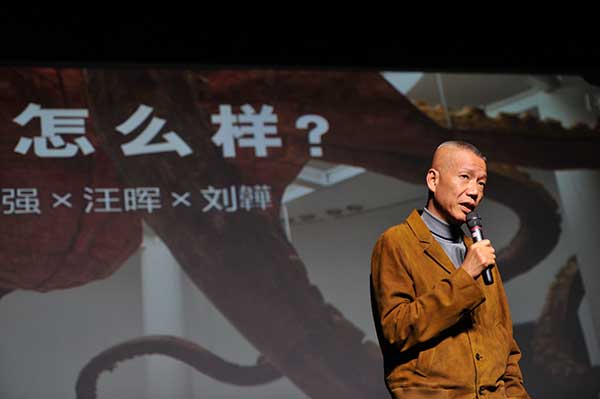 |
|
[Photo provided to China Daily] |
In the foreword, Cai writes:"Today, there is a lack of formalism in Chinese art. Artists often worry that too much emphasis on form will overwhelm the content. But form itself can be the content, from which theories, attitudes and even content and meanings can be developed."
He gives an example of Chinese calligraphy to show that artists in ancient times paid great attention to form.
"Many calligraphers started from imitation and then developed their own styles,"he says.
Another problem with contemporary Chinese art is that artists talk more about methods rather than methodology, the method of methods, the most fundamental question in art, Cai says.
"The system of feng shui has a very clear methodology and systematic solutions to different situations, such as the construction of imperial mausoleums. It instructs people to investigate the shape and layout of the mountains to decide the best location for a coffin," he writes in the book.
He applauds an artist's free spirit, warning that artists should avoid becoming "zoo creatures", and this might be why he chose to start the book with farmer-turned-artist Hu Zhijun, who became interested in sculpture in 2013 at the age of 61.
"Hu's works, if judged by the standards of anatomy and structure, are full of flaws, but they have the original power of art," Cai writes of the sculptor's ideas.